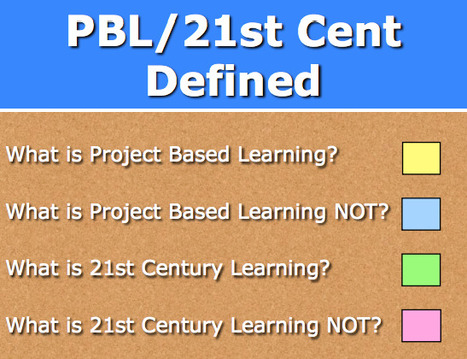Take a moment and imagine a creative work environment. Don't worry about the kind of work going on. Just focus on the space. Close your eyes and picture it. What is that space like? What does it sound like? How are people interacting? Is there movement? Is there evidence of work in progress? Is it tidy, or busy-messy? Can you imagine working there?
Research and publish the best content.
Get Started for FREE
Sign up with Facebook Sign up with X
I don't have a Facebook or a X account
Already have an account: Login
Great resources for integrating technology and education with the 21st century, mobile learning student in mind
Curated by
Felix Jacomino
 Your new post is loading... Your new post is loading...
 Your new post is loading... Your new post is loading...
|

Mack James's curator insight,
April 19, 2013 6:39 AM
Standard based assessment is great for teachers to see specific skills students need help on, specific concepts, provides clarity and guided instruction that is focused on student learning |



















This article gives teachers ideas on how to create a thinking space for students. In any KLA the importance of helping the students to be able to concentrate is extremely importand. One of the aims in the Australian Curriculum is to allow students to become "creative, innovative and enterprising when using traditional, contemporary and emerging technologies, and understand how technologies have developed over time."
By creating a thinking space this allows students the freedom to learn and implement the above areas.
This article asks us to rethink what we think to be a work space. They outline that a workspace can come in many different forms and still be productive. By simply moving around an changing the workspace can drastically change the outcomes of student leanring and engagement in more ways than 1.